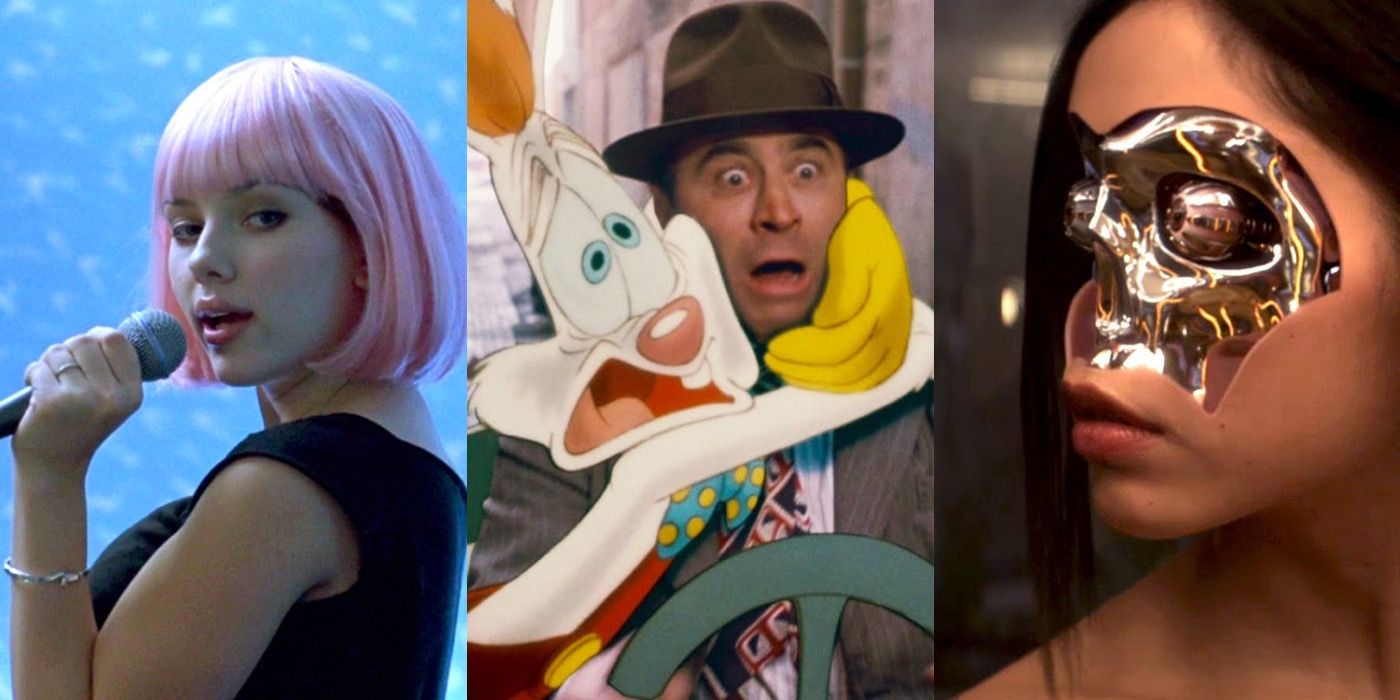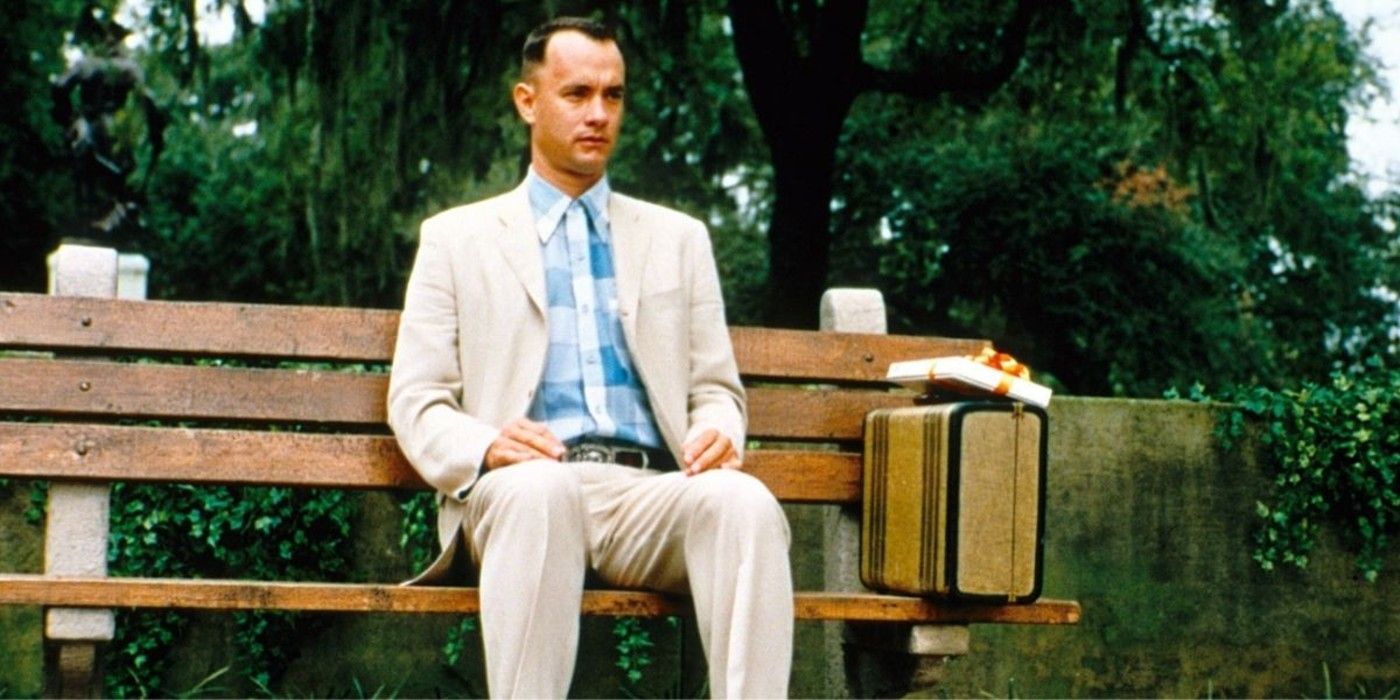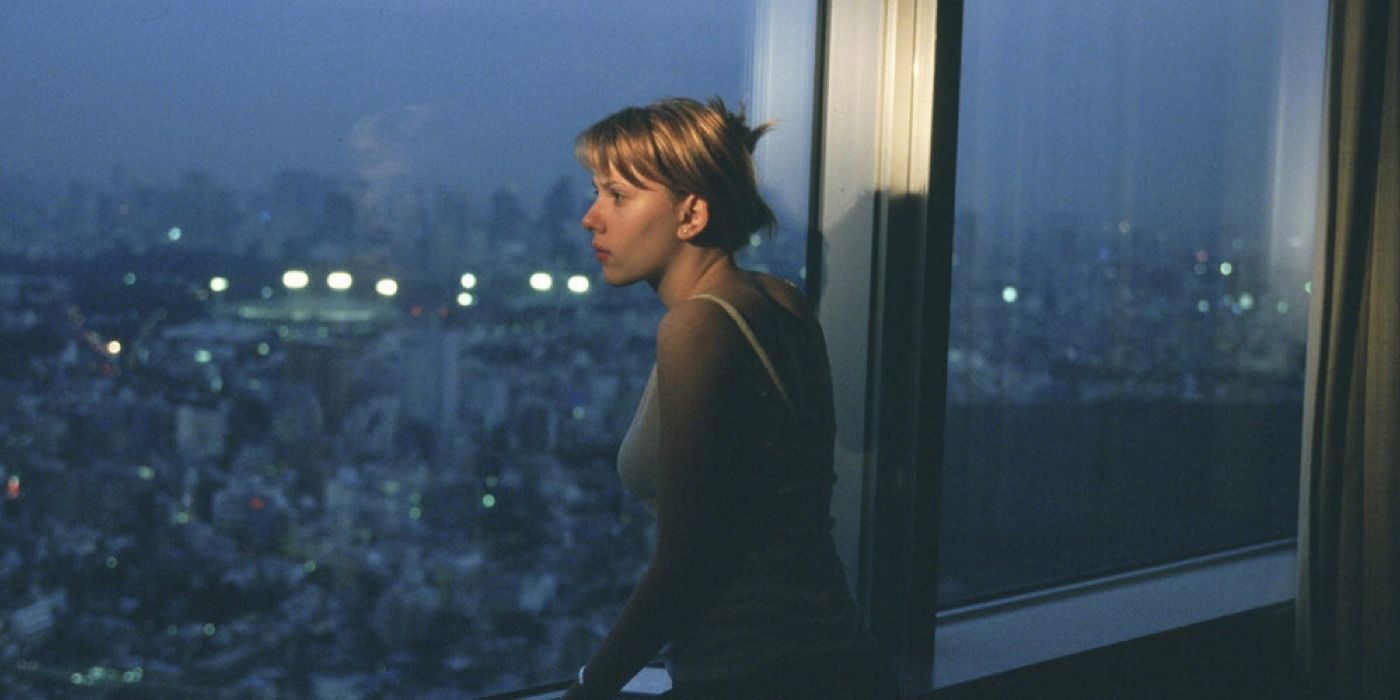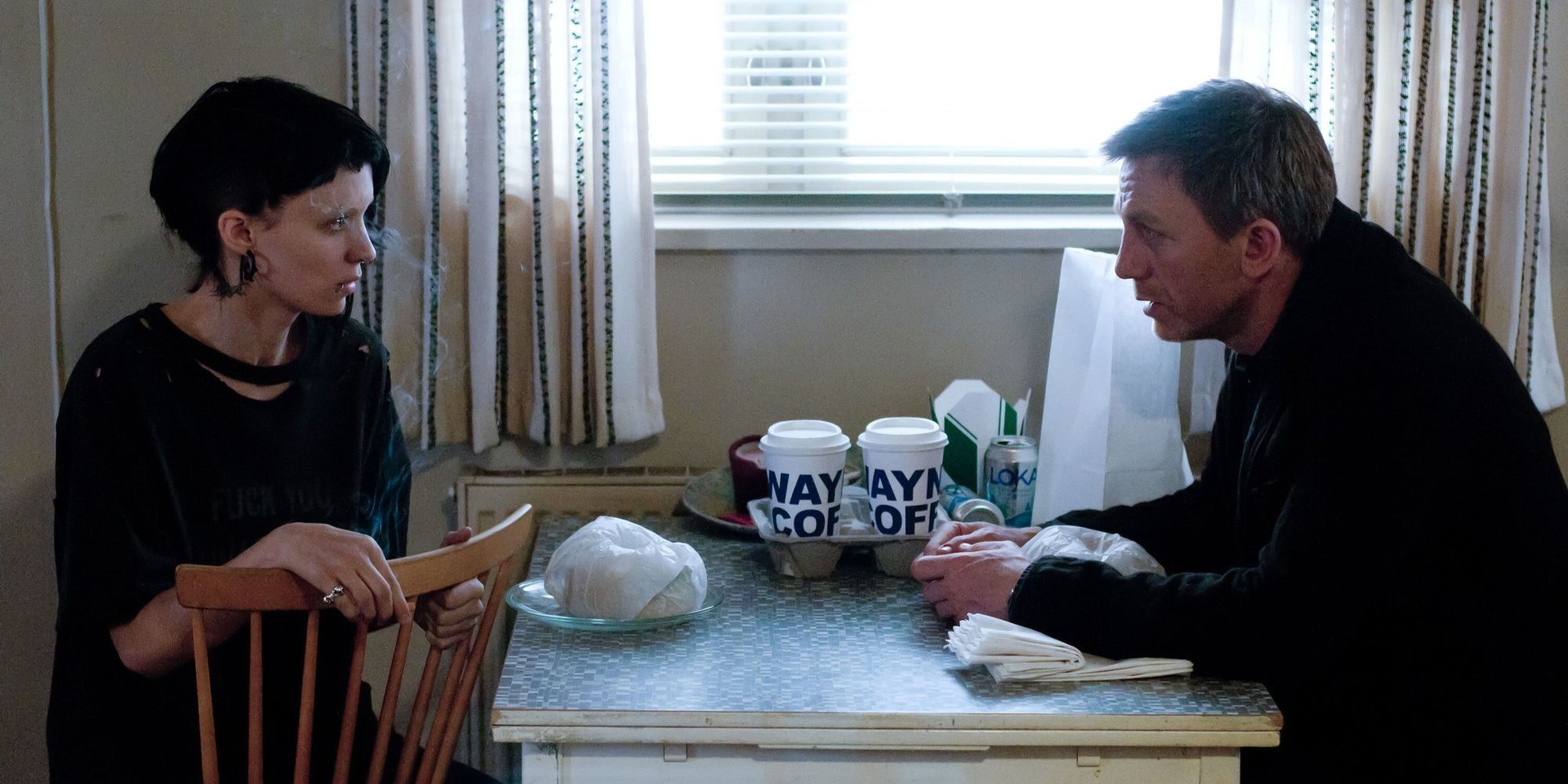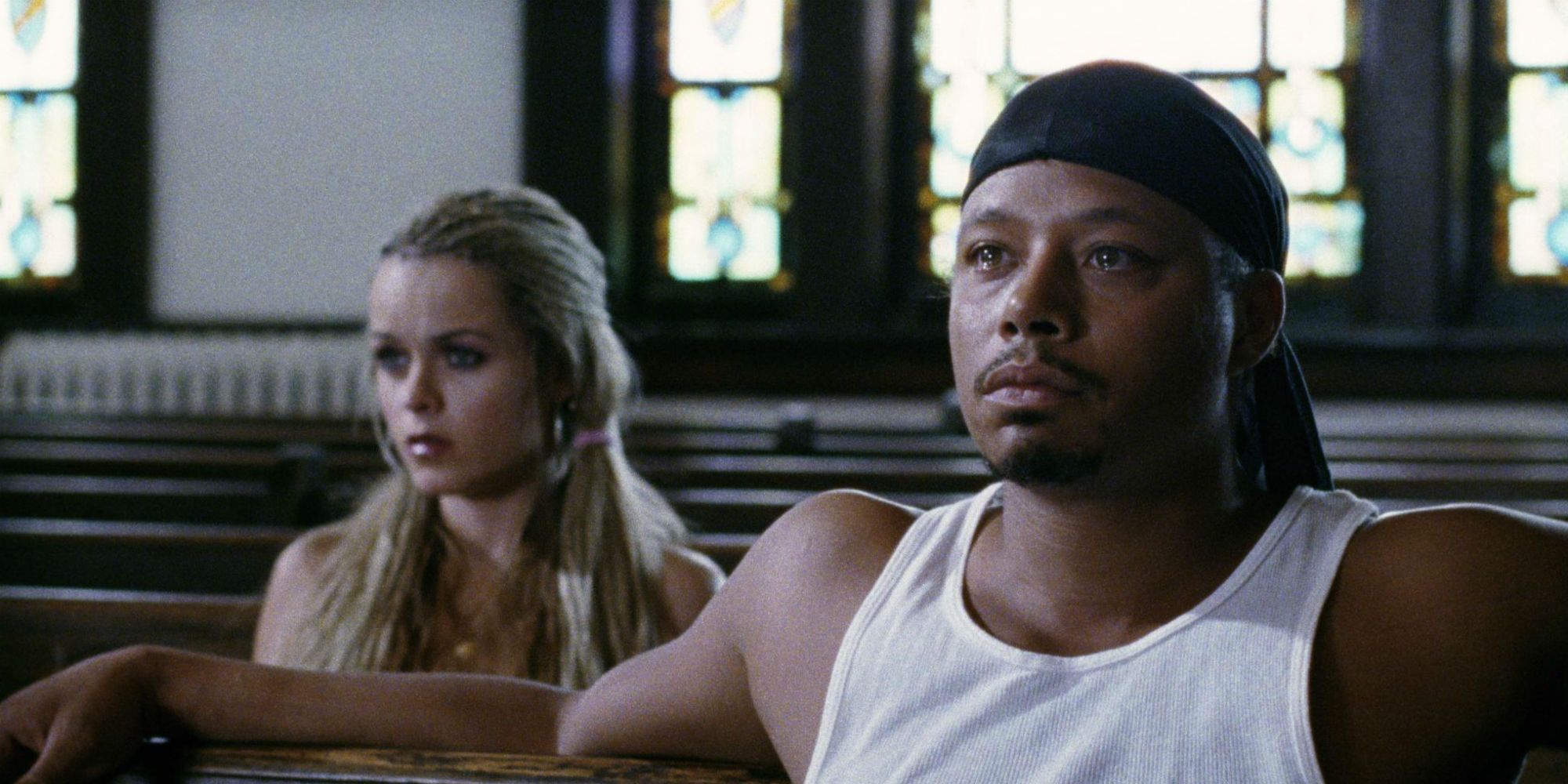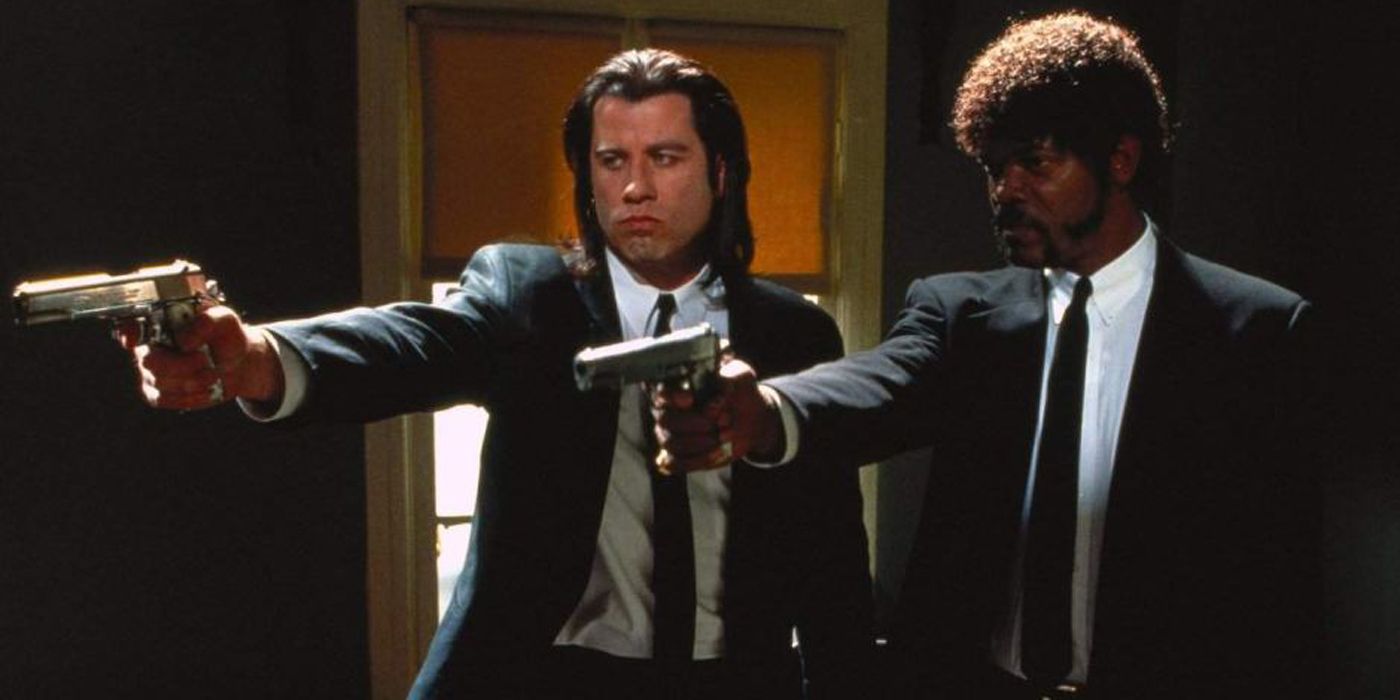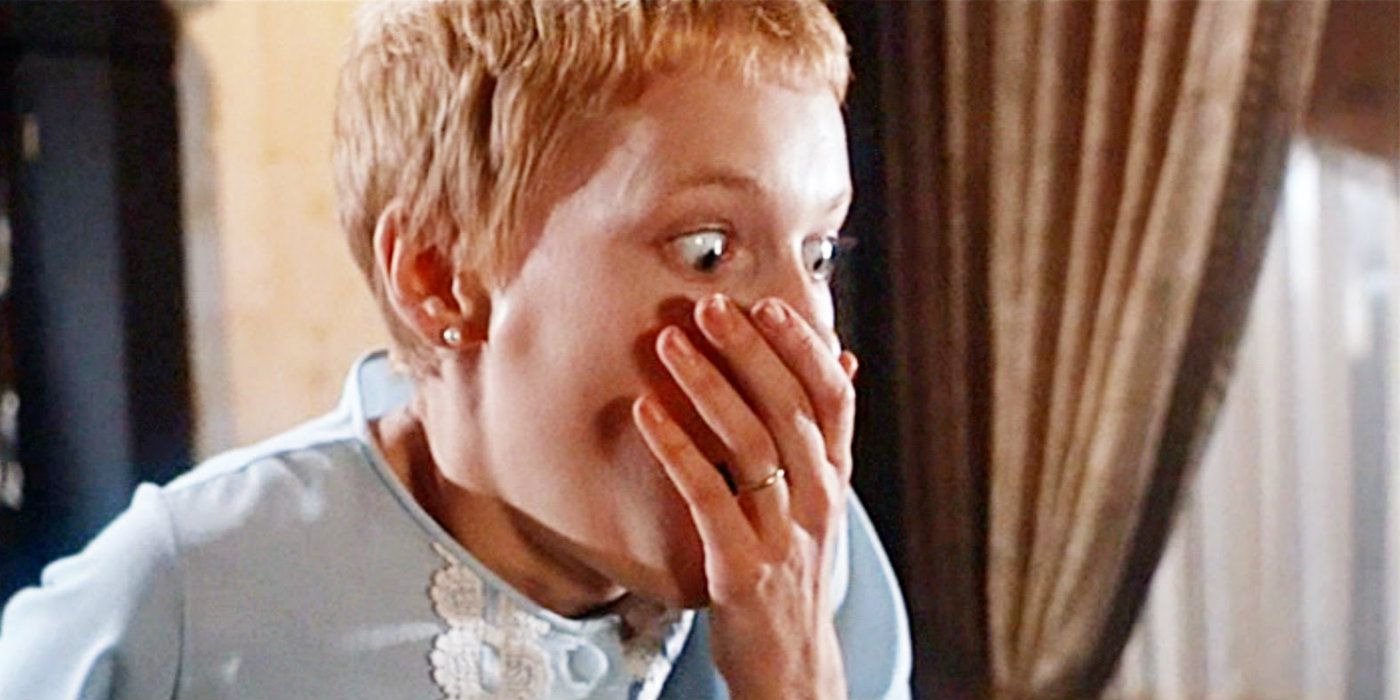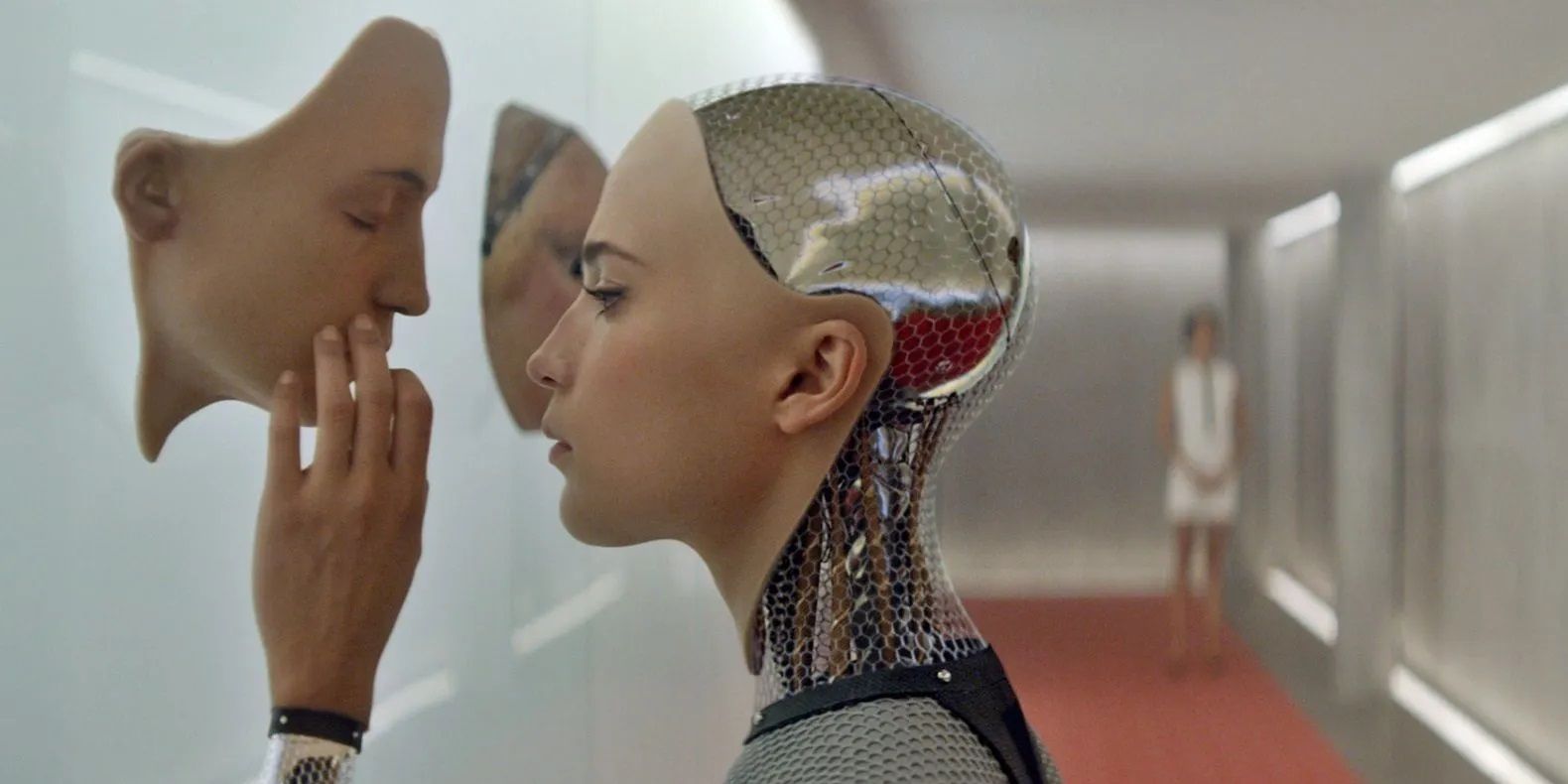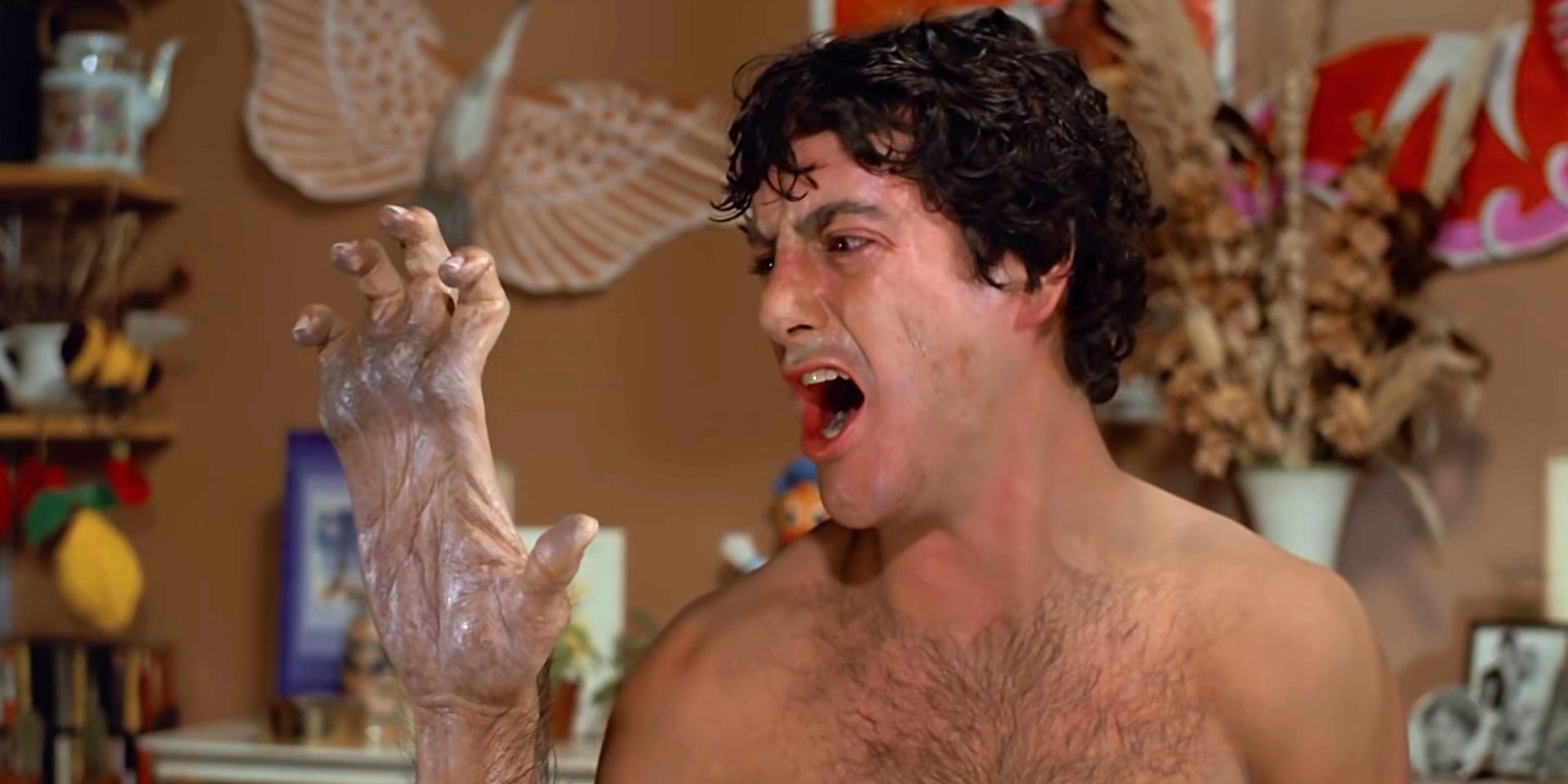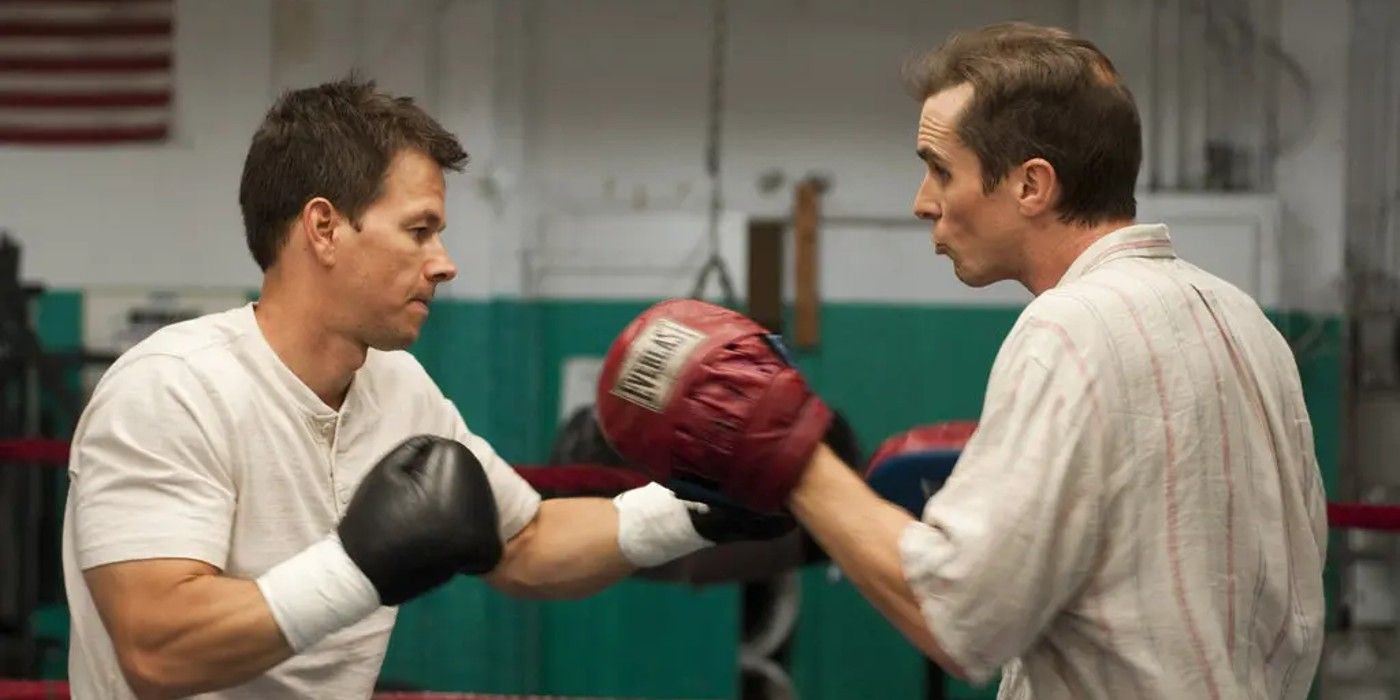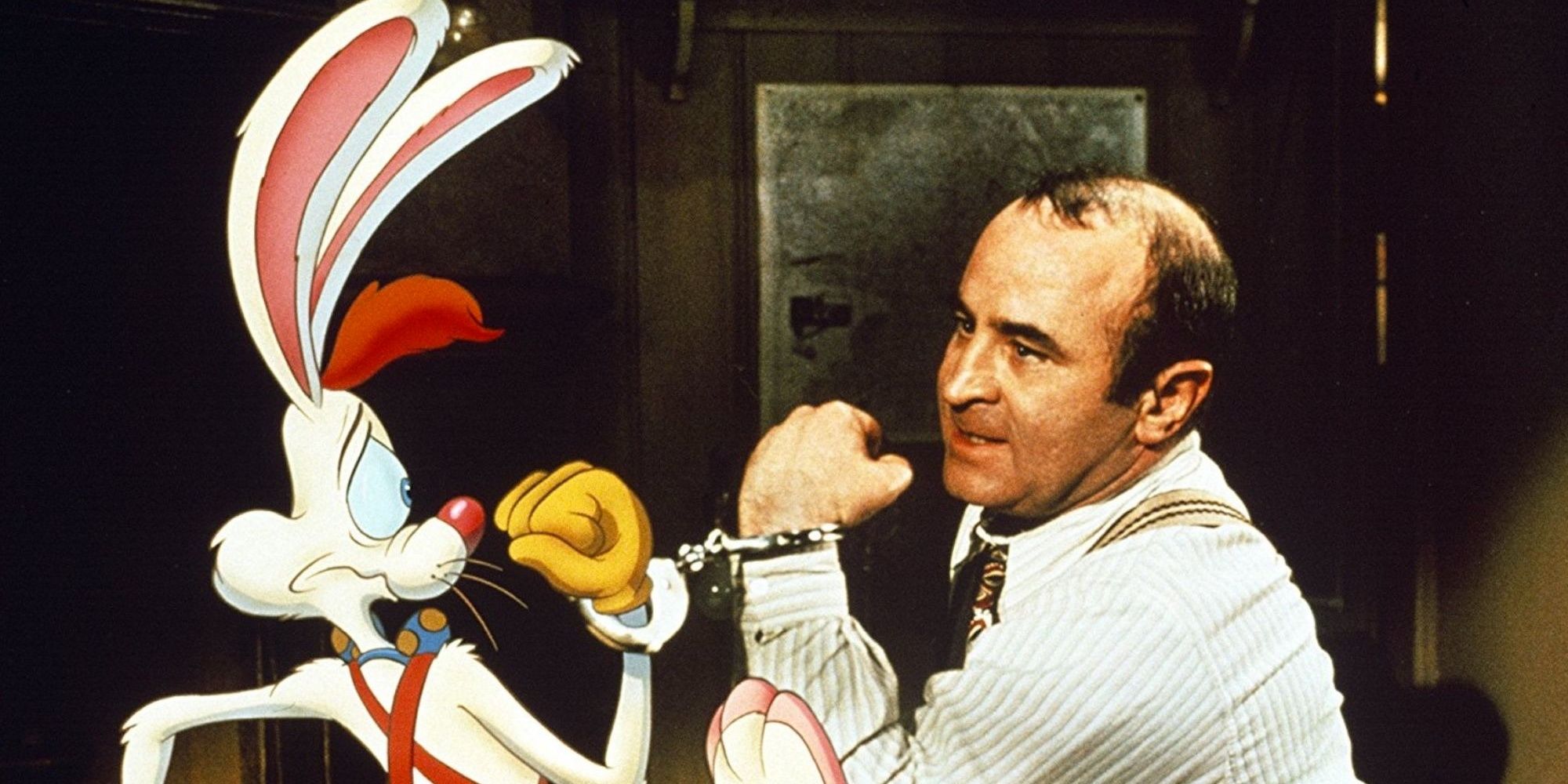Now that the official date for the 2023 Oscars ceremony has been set for March 12, all eyes will be on this year’s latest contenders. But while Oscar glory typically leads to bigger and even better things, it doesn’t always mean that the year’s winners will deliver sequels.
In fact, a variety of popular Oscar winners have never returned with sequels – an issue that many fans wish could be remedied. Not every film lends itself to a return, and whether it’s due to a fear of not being able to recapture the original’s magic or simply a desire on the part of the filmmaker not to, some Oscar winners are perfectly set up for more.
Forrest Gump (1994)
Tom Hanks won his second best actor Oscar for his portrayal of the ultra-naïve but ridiculously accomplished Forrest Gump. The Robert Zemeckis film told Gump’s remarkable life story, from his early childhood days to his busy later years.
Though the film was very detailed in its accounts of Gump’s life, a return to Gump’s world and the adventures he’s found himself in nearly thirty years on could certainly make a sequel worthwhile. Hanks remains a fan favorite as well, so seeing him return to the character could indeed be a welcome move.
Lost In Translation (2003)
For her second film, Sofia Coppola wrote and directed Lost in Translation, a quasi love story that places its protagonists (Bill Murray and Scarlett Johansson) in Japan. The film arguably remains Coppola’s best, winning the best original screenplay Oscar.
Coppola has dismissed previous questions on the possibility of a sequel, but there’s no denying that Lost in Translation ended with many questions regarding the lives of Bob (Murray) and Charlotte (Johansson). Richard Linklater's Before Sunrise trilogy proved that minimalist plots can be worth returning to, meaning that a return to the lives of Bob and Charlotte certainly wouldn't be a preposterous concept.
The Girl With The Dragon Tattoo (2011)
Author Steig Larson’s dark but highly engaging The Girl With the Dragon Tattoo was initially a trilogy of books, with a Swedish language film adaptation delivering all three films in 2009. An American remake from David Fincher was released in 2011.
While the initial plan had been for Fincher to direct all three Dragon Tattoo films, only the first installment ever materialized. Sony took things in an entirely different route with the 2018 release of The Girl in the Spider’s Web. Though billed as a sequel, the film doesn’t pick up where Dragon Tattoo left off, unlike its rightful sequel, The Girl Who Played With Fire.
Hustle & Flow (2005)
Few successful films have a struggling rapper as a protagonist and even fewer have turned that success into Oscar glory. Craig Brewer’s Hustle & Flow was meant to be a trilogy that followed protagonist DJay’s rags to riches story, but 17 years later, no such follow-up exists.
Given the subject matter of Hustle & Flow and the numerous directions in which a sequel could go, it’s very strange that Brewer still hasn’t delivered it. All the elements that made the first film a hit are still a recipe for success 17 years later, and the number of fans waiting for Hustle & Flow 2 is surely enough to make a return to DJay’s world worthwhile.
Pulp Fiction (1994)
Having made a name for himself with his 1992 debut Reservoir Dogs, Quentin Tarantino became a global phenomenon after the release of Pulp Fiction. Considered by many to be his greatest film, a sequel seems especially unlikely given Tarantino’s plans for retirement.
Pulp Fiction’s ending leaves the lives of several characters open for further exploration, with Jules (Samuel L. Jackson) a particular source of great fascination for fans. What’s more, because Pulp Fiction doesn’t follow a traditional style of narrative, a second film done in the same style could be an effective, yet subtle sequel.
Rosemary’s Baby (1968)
This horror novel turned big-screen adaptation follows a young couple whose plans for having a baby are corrupted by a group of Satanists. The hit Roman Polanski film ends with the arrival of Satan’s son, but audiences never see him as anything more than an infant.
Though Rosemary’s Baby author Ira Levin delivered an official sequel in 1997, to date the original film has not received a theatrically released follow-up. There’s much ground to cover in terms of introducing the now-adult version of Satan’s son to audiences, and in the hands of the right filmmaker, it could find considerable success.
Ex Machina (2014)
Novelist turned filmmaker Alex Garland made his directorial debut with this 2014 sci-fi gem. The plot follows computer programmer Caleb (Domhnall Gleeson) as he spends a week at the home of Nathan Bateman (Oscar Isaac), the CEO of the world’s largest internet company.
Things at Nathan’s home turn out to be far more challenging than Caleb could have ever dreamed, and by the film’s end, AI robot Ava has left a trail of murder and manipulation in her wake. The ability to see what became of Ava after she left Nathan’s compound for the city seems to offer infinite sequel possibilities.
An American Werewolf In London (1981)
After a freak attack in the English countryside, American backpacker David Kessler’s (David Naughton) life is irrevocably changed. Considered by many to be the greatest werewolf film ever made, An American Werewolf in London perfectly balances comedy and horror.
Although David dies at the end of the film, why and how werewolves came to roam rural England remains a mystery. New characters could be introduced in a sequel, as David did have a brother and sister in America. In 1997 An American Werewolf in Paris was released, but its plot had little to do with the original, leaving a direct sequel untried.
The Fighter (2010)
Mark Wahlberg and Christian Bale starred as brothers Micky Ward (Wahlberg) and Dicky Eklund (Bale) in this Oscar-winning true story about Ward’s struggle to become boxing’s world light-welterweight champion.
In recent years, Wahlberg has actually spoken about his desire to not only get a sequel to The Fighter off the ground but to also make a third film. Ward took on a series of fights against Arturo Gatti in the early 2000s, which are considered legendary by boxing fans.
Who Framed Roger Rabbit? (1988)
Mixing live-action and animation, Robert Zemeckis’ Who Framed Roger Rabbit? found considerable success upon its release. The film imagines a world in which cartoon characters live real lives in Hollywood’s Toontown while a sinister plot threatens to destroy them all.
Unfortunately, Bob Hoskins - who played Eddie Valiant, passed away in 2014. Despite this loss, there’s still plenty of room for a Roger Rabbit sequel, particularly because the original film ended in a sort of happily ever after fashion. Within the busy world of Toontown, an almost endless supply of possibilities exists, making this 1988 hit prime for more.

